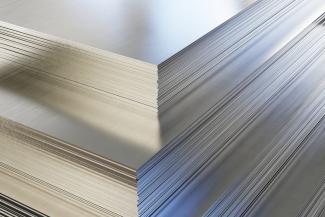Notifications

2 minutes, 51 seconds
-79 Views 0 Comments 0 Likes 0 Reviews

Stainless steel 430 sheets are widely used in many industries due to their good strength and nice appearance. One of the main reasons people choose stainless steel 430 sheets is because they offer corrosion resistance. But what does that really mean, and how does it work? Let’s break it down in simple words.
What Is Corrosion Resistance?
Corrosion is the natural process where metal gets damaged or worn out because of water, air, or chemicals. Corrosion resistance means the material does not easily get rusty or damaged when it comes into contact with these things. Stainless steel 430 sheets have a special quality that helps protect them from corrosion.
Why Stainless Steel 430 Sheets Resist Corrosion
The secret lies in the elements that make up the sheet. Stainless steel 430 sheets contain a high amount of chromium. Chromium forms a thin layer on the surface of the sheet that acts like a shield. This shield protects the sheet from moisture, air, and other elements that can cause rust.
Where Are These Sheets Used?
Because of their corrosion resistance, stainless steel 430 sheets are used in places where there is regular contact with moisture. This includes kitchen equipment, washing areas, and wall coverings. These sheets perform well indoors and in dry environments.
Limits of Corrosion Resistance
It’s important to know that stainless steel 430 sheets are not the best choice for every environment. They may not resist corrosion well in very wet, salty, or chemical-heavy areas. In such cases, other types of stainless steel may be better.
How to Take Care of Stainless Steel 430 Sheets
To keep the corrosion resistance strong, it’s a good idea to:
Clean the sheets regularly
Avoid using strong chemicals
Keep them dry whenever possible
Proper care helps the stainless steel 430 sheets last longer and stay looking clean and shiny.
Conclusion
Stainless steel 430 sheets are a good choice for many applications where moderate corrosion resistance is needed. They offer a mix of strength, looks, and durability. By understanding how they work and where they perform best, you can use them more effectively in your projects.

